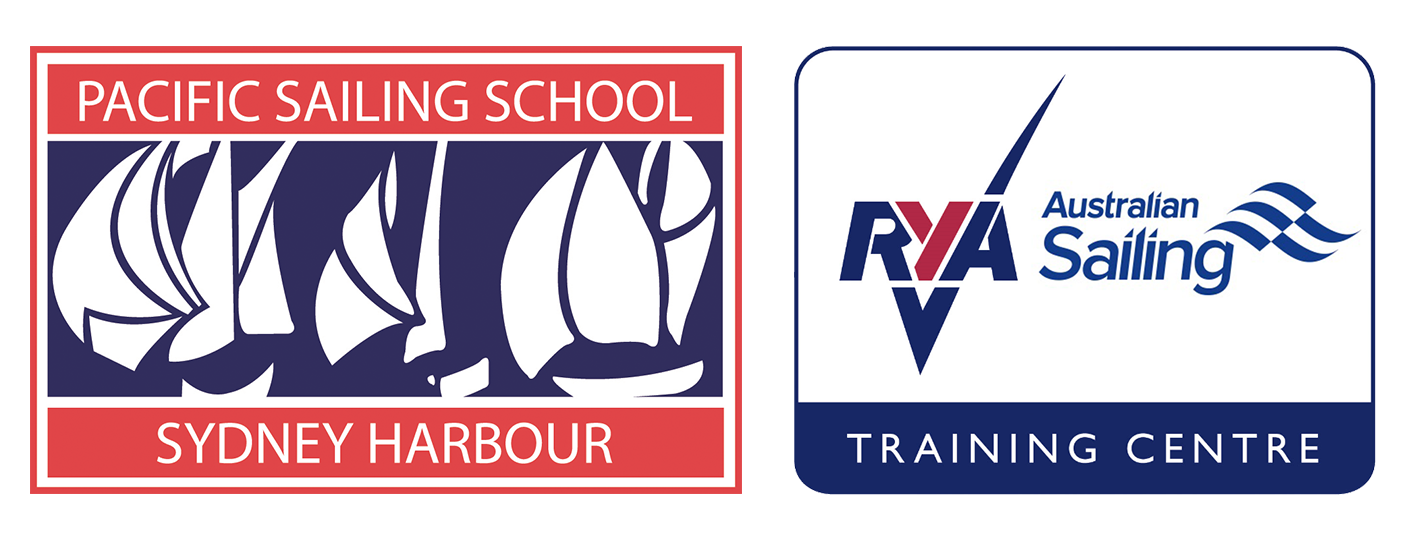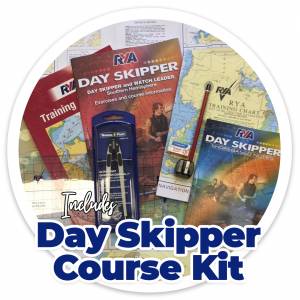Course Dates
Booking a Course
Course Details
Course provided by Pacific Sailing School
Located at the Cruising Yacht Club of Australia.
Student Instructor ratio: 1 to 8
Course Duration: Full or part time
Course certificate and materials included
Course Pack Express posted on booking
RYA Theory Syllabus
RYA Day Skipper Shorebased Theory Course
Blended learning or Online in your own time
SPECIAL OFFER
BOOK THE RYA DAY SKIPPER OR RYA COASTAL SKIPPER / YACHTMASTER OFFSHORE VIRTUAL THEORY COURSE AND THE 5 DAY PRACTICAL AT THE SAME TIME – RECEIVE A $139 DISCOUNT ON THE THEORY AND A 5% DISCOUNT ON THE PRACTICAL!
Duration:
- 40 hours + exams
Recommended Previous Experience:
- Some practical experience desirable
Assumed knowledge:
- Essential Navigation and Seamanship
Ability after course:
- Sufficient knowledge to navigate around familiar waters
- It is important to complete the theory before the Day Skipper Practical
Course Synopsis
Basic seamanship and introduction to navigation and meteorology. A basic knowledge of lights, weather and IRPCS is also included
Price
eLearning and 4 x Virtual Classroom sessions: $1395
On Line only: $750
Included
- Express posted training materials that include – RYA Day Skipper Shorebased Course Notes, RYA Training Almanac and RYA Chart 3 and 4.
Navigator’s tools – 2b Pencil, eraser, plotter, dividers
The RYA Day Skipper course is a comprehensive introduction to chart-work, navigation, meteorology and the basics of seamanship. Invaluable for learning how to start making decisions on board and if you are considering taking the Day Skipper practical course Students are taught the basics of coastal and inshore navigation and pilotage including chart-work, position fixing, plotting a course to steer, weather forecasting, a knowledge of tides and the International Regulations for Prevention of Collision at Sea. The first time you will be able to safely navigate to a new destination. As well as navigation the RYA Day Skipper shore based course will give you an understanding of safety procedures such as distress calls, use of flares, safety harnesses, life jackets and life-rafts.

